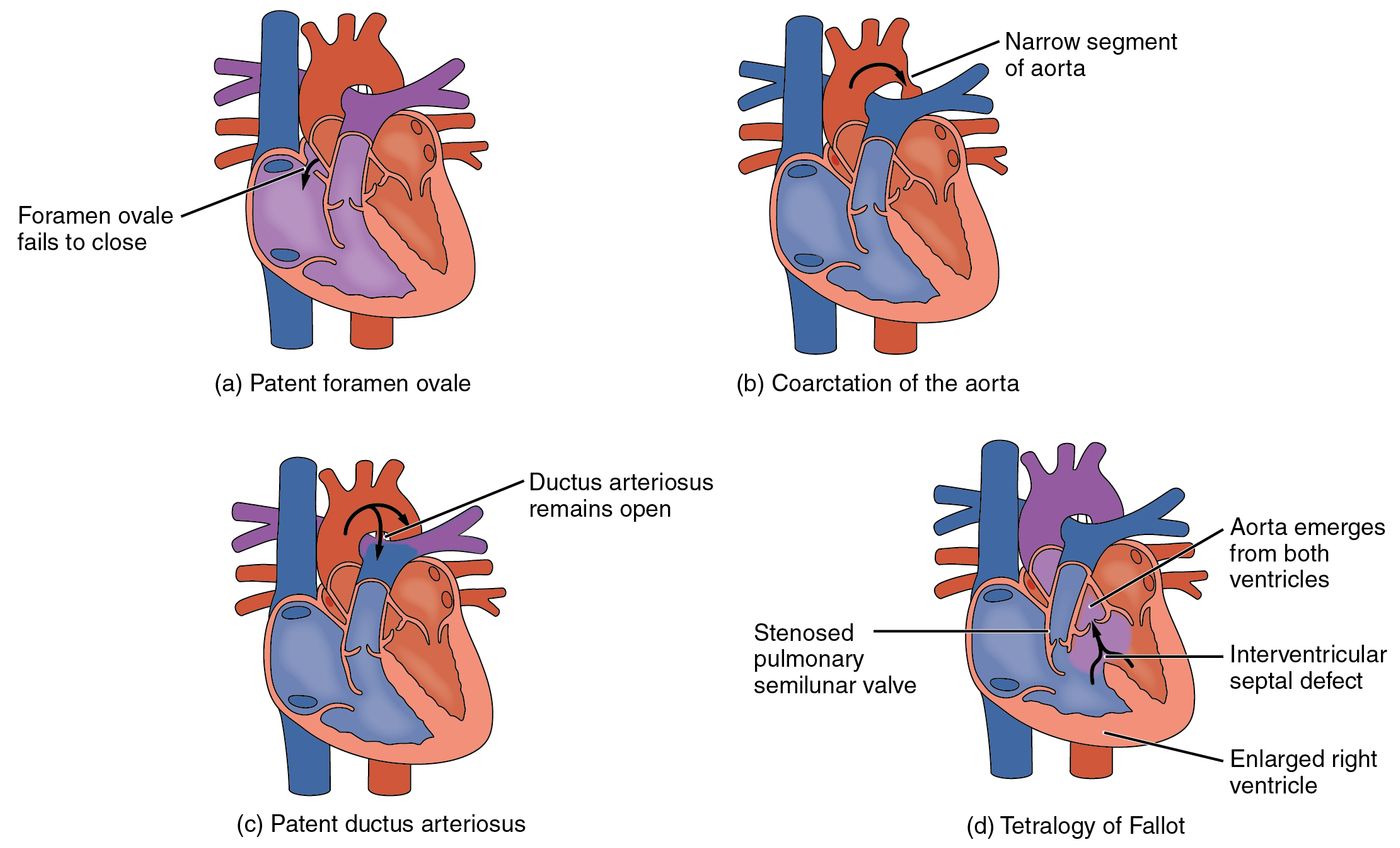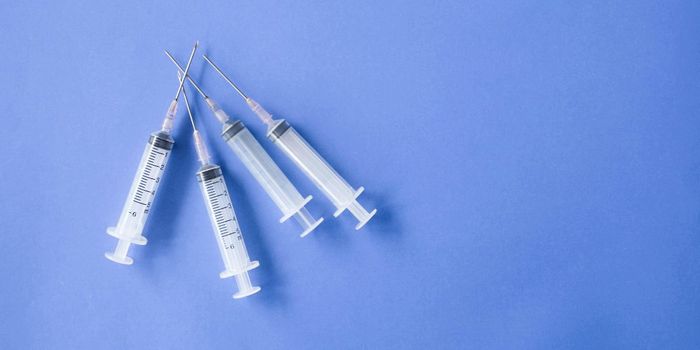Some congenital heart defects can be treated easily after birth, but some require people to be treated beyond infancy, sometimes for the duration of their life. According to the
National Heart, Lung, and Blood Institute, congenital birth defects occur more often than any other type of birth defect. Scientists involved in a new study made major strides toward pinpointing the causes of these defects.
Senior author Jonathan Butcher, PhD, explained that heart defects usually result from early developmental errors as heart chambers begin to form before birth. The chambers don’t begin formation until the end of the first trimester, and the fetus pumps blood through a simple looped tube until they are completed.
The heart “morphs dynamically and rapidly all the while pumping nutrients to the developing body,” Butcher explained. The heart forms before any other organs do; the heart is vital to the fetus’ survival from the very beginning of life. In a study published in
Current Biology, a research team from Cornell University made significant discoveries on the exact causes of congenital heart defects in hopes of preventing or treating the condition.
Before this study, scientists did not know much about how congenital heart defects formed as the “wispy globular masses” of the heart transitioned into “thin robust leaflets capable of fast and resilient opening and closing.”
“If this tissue fails to get thinner, that's a problem. If the tissue fails to elongate, that's a problem,” Butcher said. “And these are all problems we see in the clinic."
Butcher and his team identified two GTPases, RhoA and Rac1, that are responsible for synchronizing the maturation of the embryonic heart. GTPases like RhoA and Rac1 are small binding proteins that contribute toward various functions in the body like cell growth, protein kinase activation, and “cytoskeletal reorganization” (
GeneCards).
Without proper coordination of RhoA and Rac1 activation, the heart valves do not form correctly, negative impacting the rest of the fetus’ development. If scientists can find a way to reverse or remedy improper activation of the GPTases, many life-threatening heart defects could be thwarted before a baby is even born.









